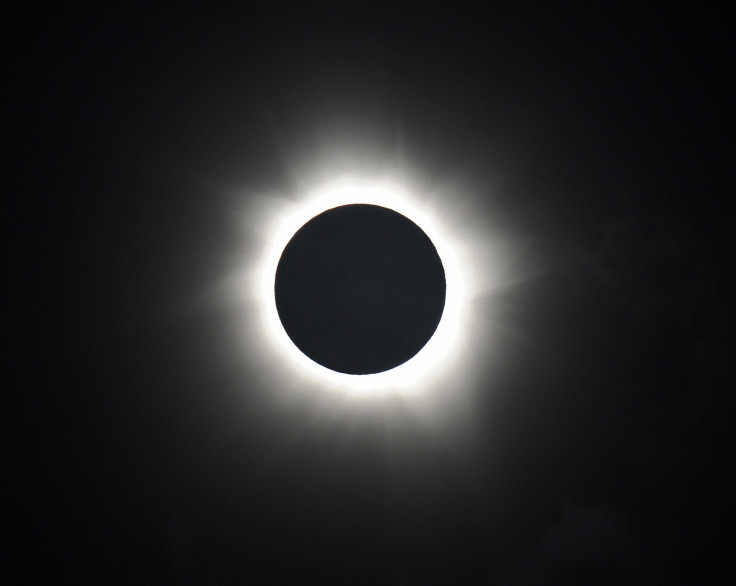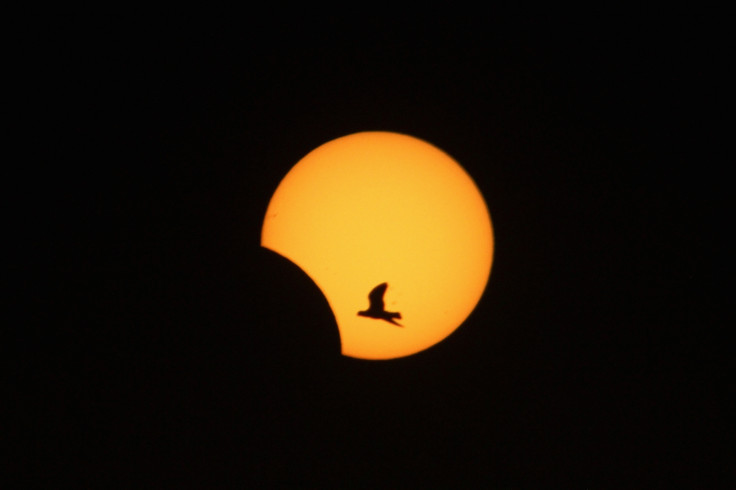Solar eclipse 2015: Where to watch in UK and what time to see the moon block out the sun

A near-total solar eclipse is due to block out the light of the sun in Britain, leaving parts of the UK shrouded in 99% darkness on Friday.
Although total eclipses can be seen somewhere on Earth every year or so, they are rarely seen in Europe. The eclipse this week, on 20 March, will be the first in Britain in this century, with outdoor events held nationwide to watch the spectacular event.
Although the event will not be a completely total eclipse like in 1999, it is expected to be an incredible experience. The next total solar eclipse will take place in the UK in 2090 and in 2081 in central Europe. There will be one sooner in the United States, with a total solar eclipse in 2017. The next solar eclipse of similar magnitude to this Friday's event will take place on 12 August 2026.
What is a solar eclipse?
As seen from Earth, a solar eclipse occurs when the moon passes in front of the sun. The type of solar eclipse event, whether it is partial or total eclipse, depends on the distance of the moon from our planet during the event.
A total eclipse occurs when the Earth intersects the umbra portion of the Moon's shadow, whereas when the umbra does not reach the surface of the Earth, the sun is only partially hidden which results in an annular solar eclipse. Partial solar eclipses take place when the viewer is inside the penumbra.

Where is the best place to spot the 2015 solar eclipse?
Shortly after 8am on Friday 20 March, the skies in UK will start to grow darker. Around an hour later, the majority of the sun's light will be shrouded by the moon, although the percentage of that will depend on where you are in Britain.
The eclipse will start from a remote location in the North Atlantic, around 644 km south of Greenland, before moving over the Faroe Islands and finishing over the North Pole. The further north in the UK you are, the darker it will be.
In the Outer Hebrides, off the west coast of mainland Scotland, around 98% of the sun will be covered. Skywatchers in the south of England will also have a good view, with 82% coverage in Dover. The sun will reappear fully at around 11am.
Here is a breakdown of the eclipse time and percentage in areas around the UK:
Isle of Lewis, 9.36am, 98% eclipse
Shetland Islands, 9.43am, 97% eclipse
Glasgow, 9.35am, 94% eclipse
Newcastle, 9.32am, 91% eclipse
London, 9.31am, 85% eclipse
Norwich, 9.34am, 85% eclipse
Sheffield, 9.34am, 85% eclipse
Leeds, 9.33am, 88% eclipse
Birmingham, 9.30am, 87% eclipse
Cardiff, 9.27am, 86% eclipse
Portsmouth, 9.28am, 84% eclipse
Viewers are advised to never look directly at the sun to avoid eye damage, but special glasses, telescopes or other viewing equipment can be bought in camera shops and online. For those unable to get a good view of the eclipse, the BBC will be showing the eclipse on big screens in Bradford, Coventry, Leeds, Swansea, Warwick and Bristol. You can also watch the solar eclipse online via the Slooh Community Observatory webcast.
© Copyright IBTimes 2025. All rights reserved.






















